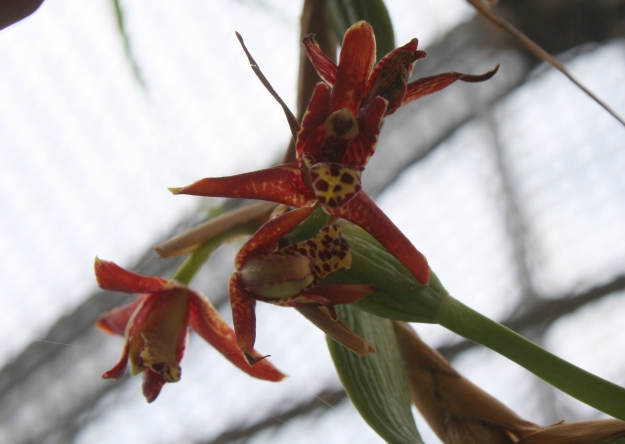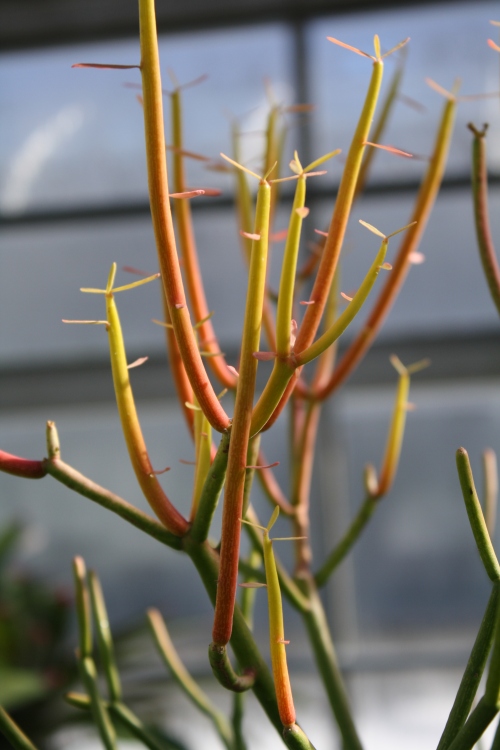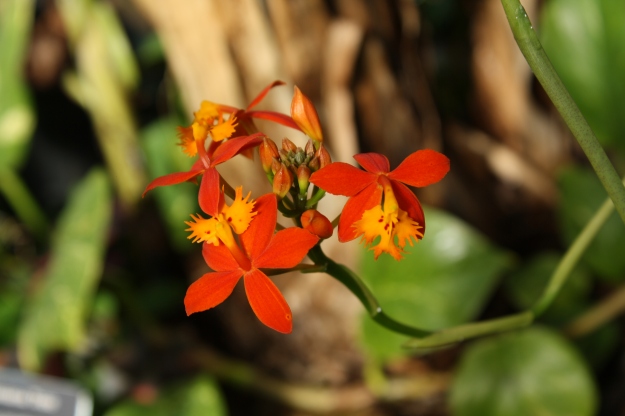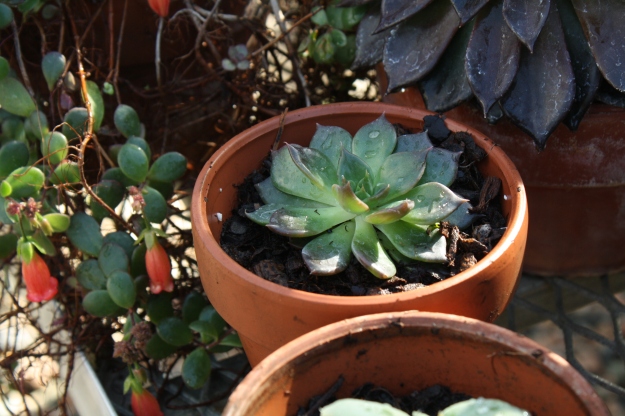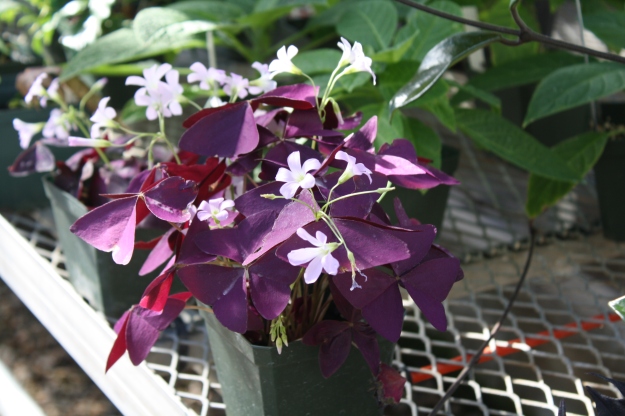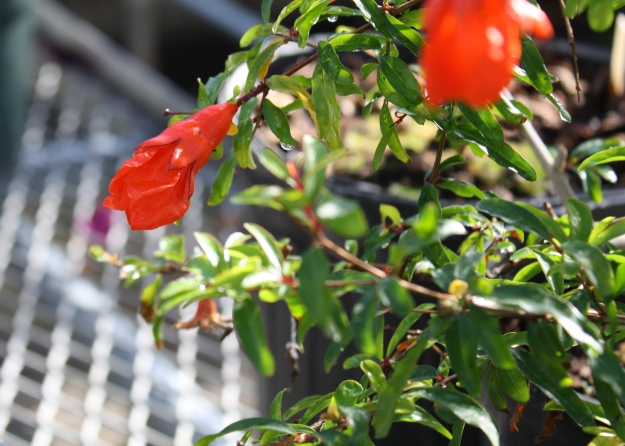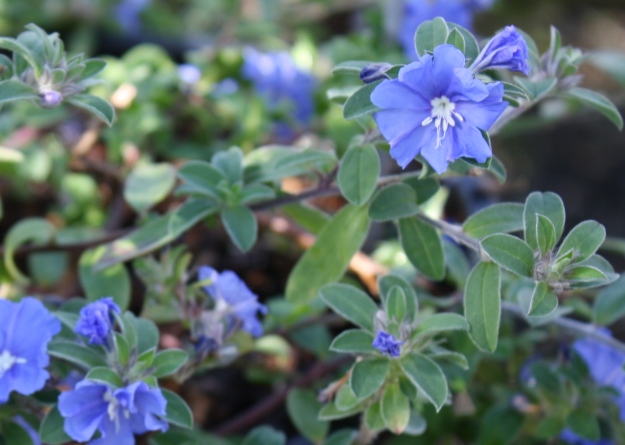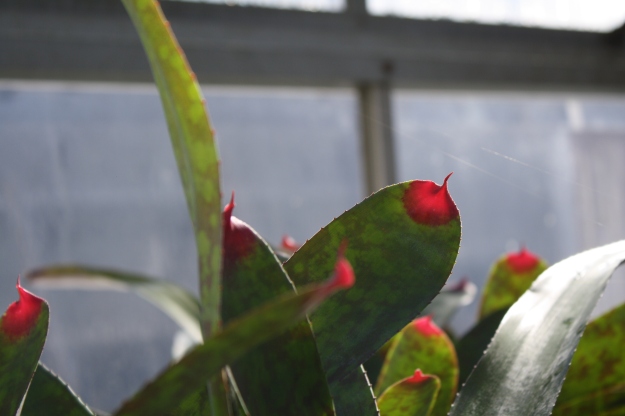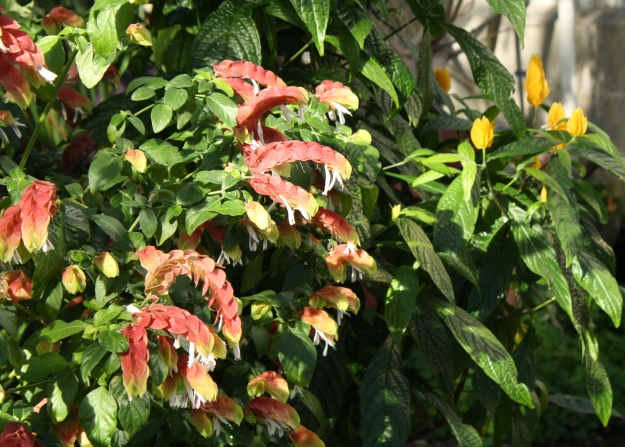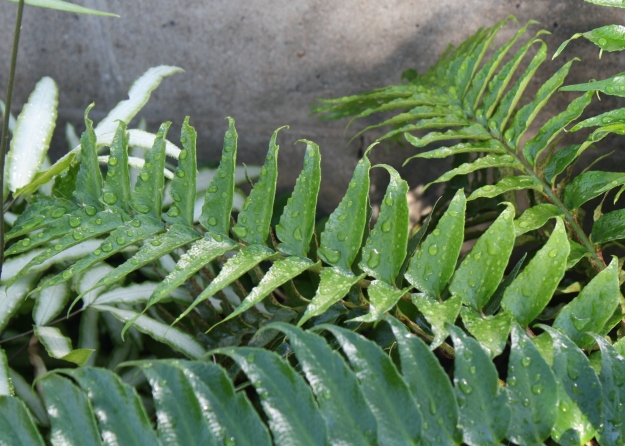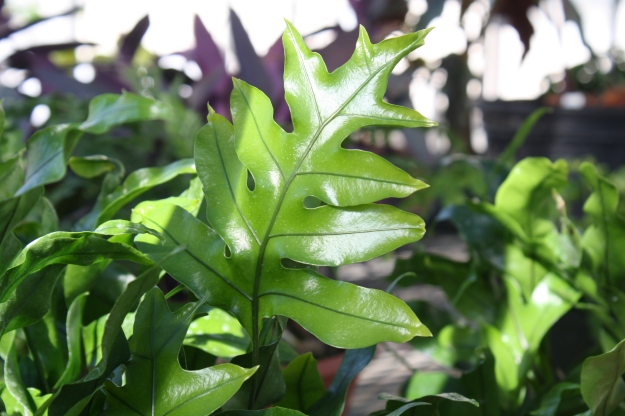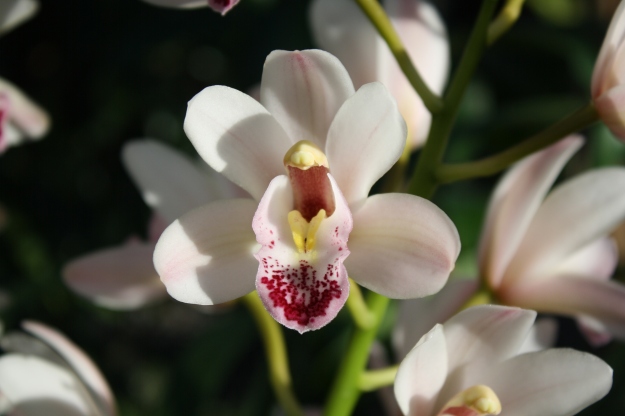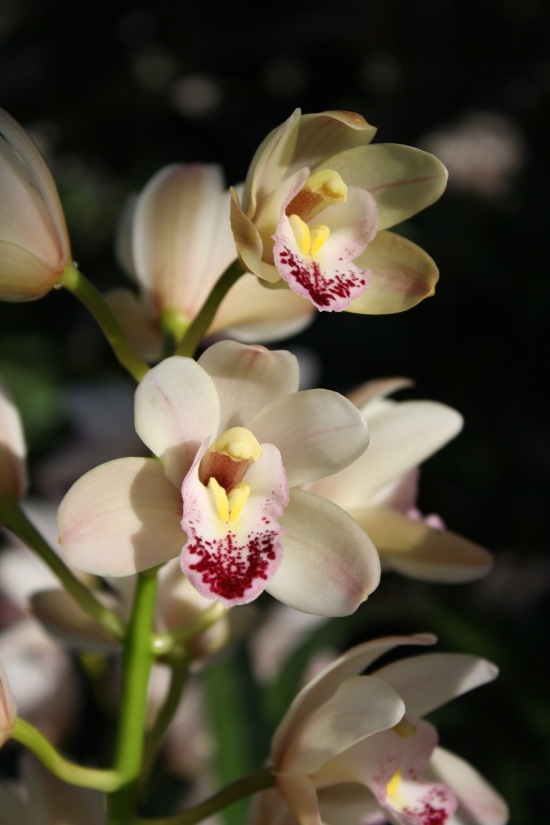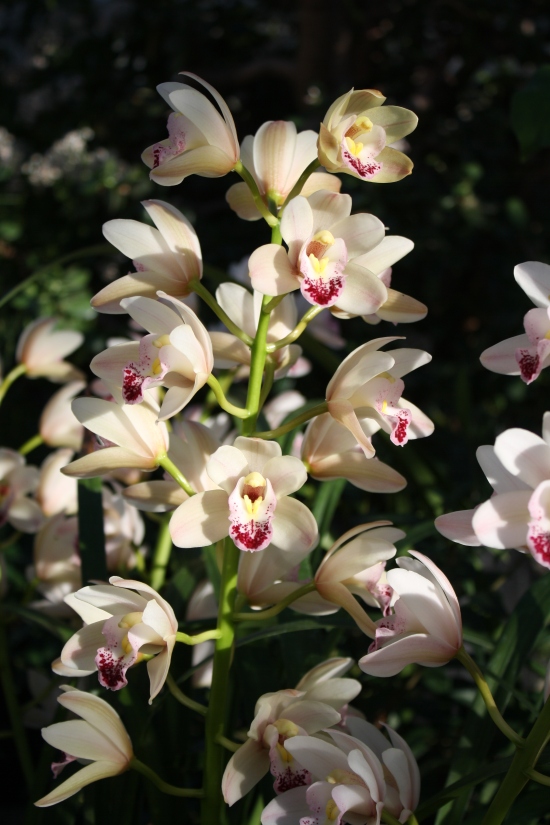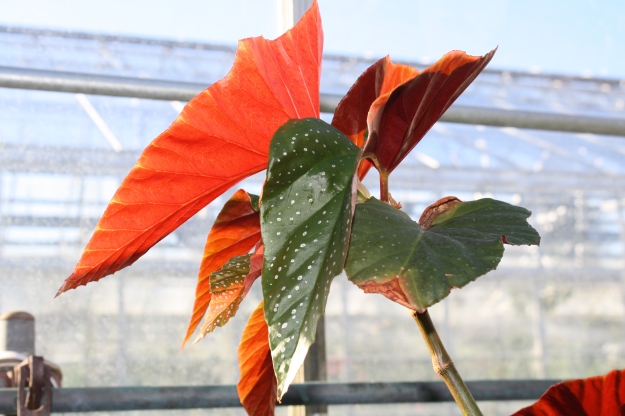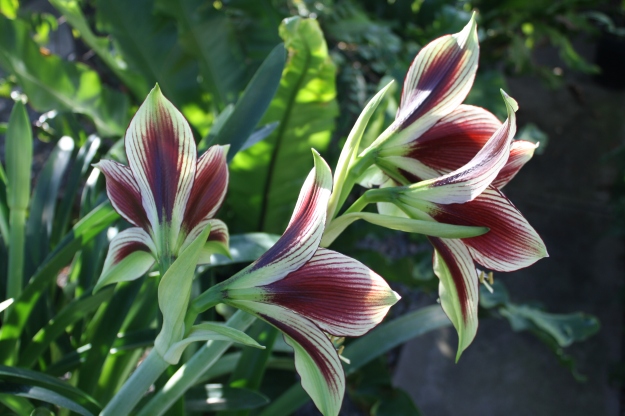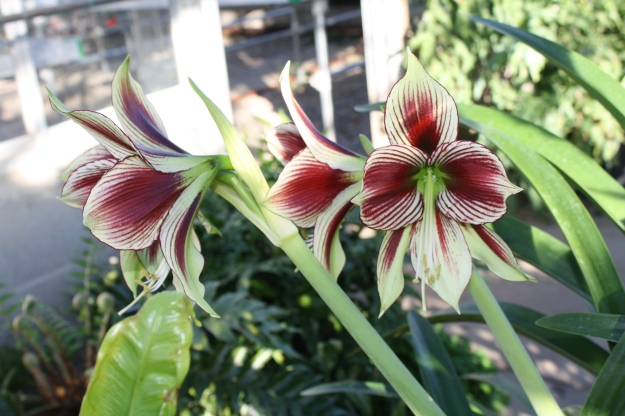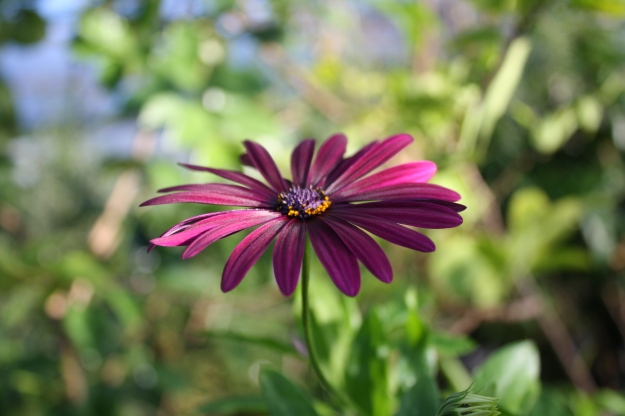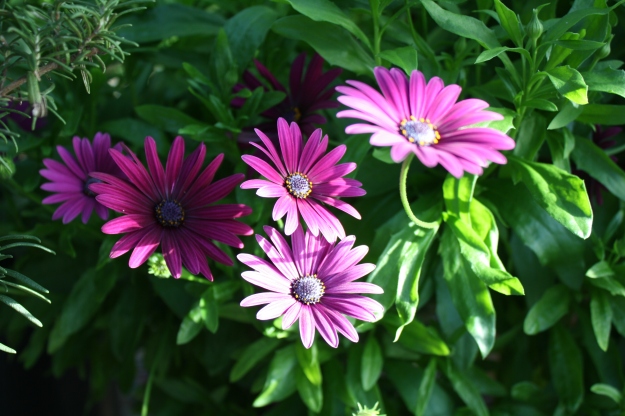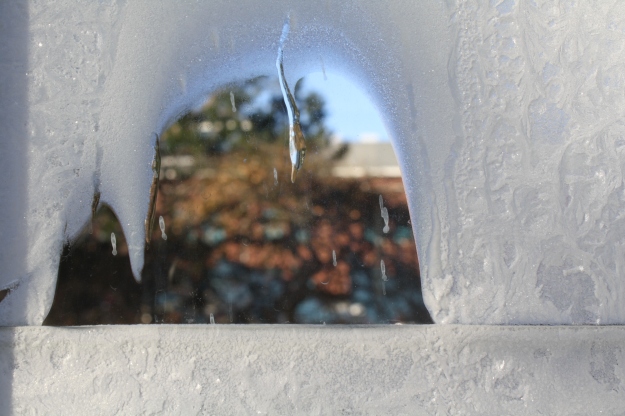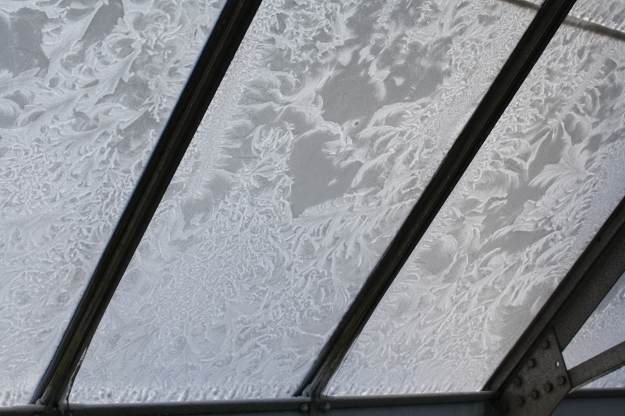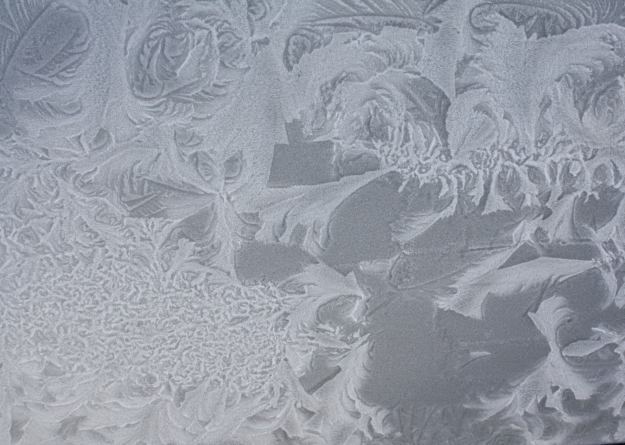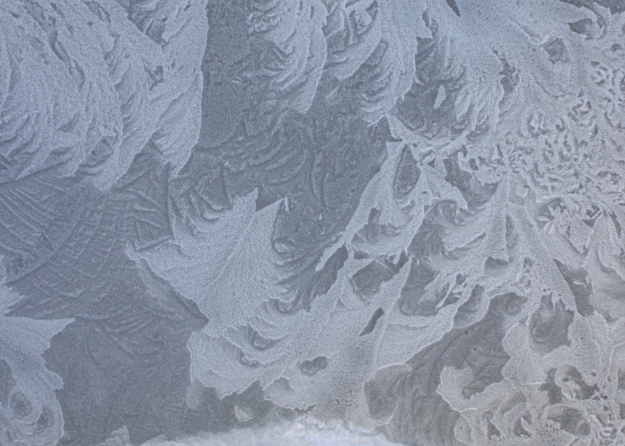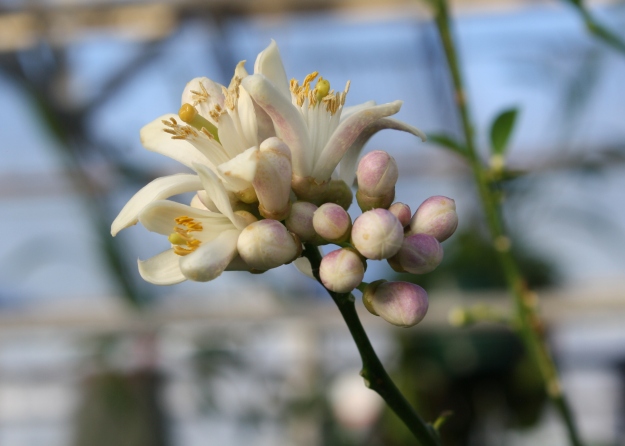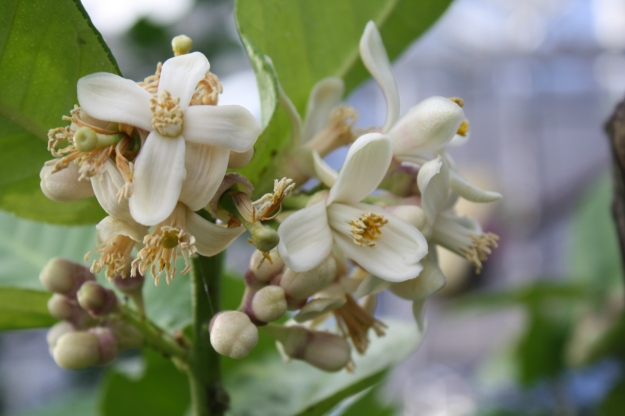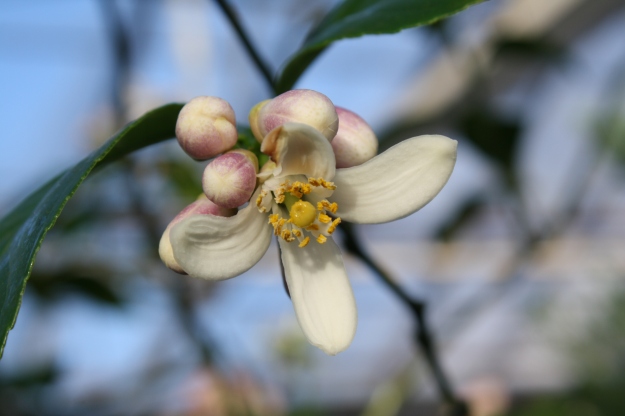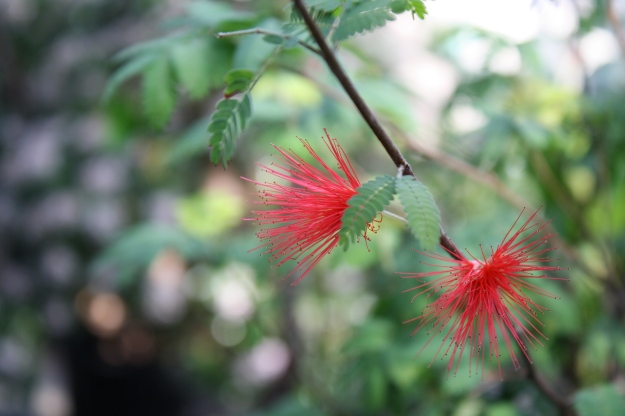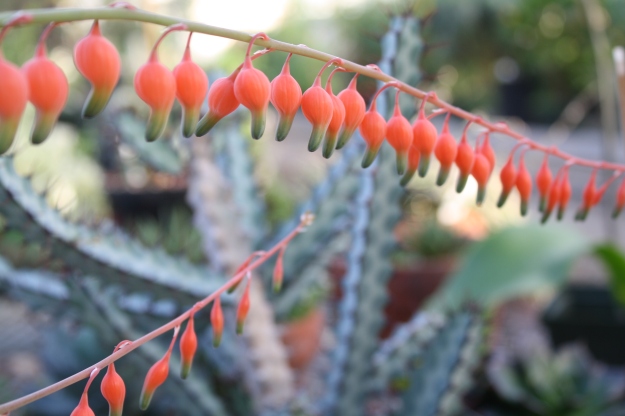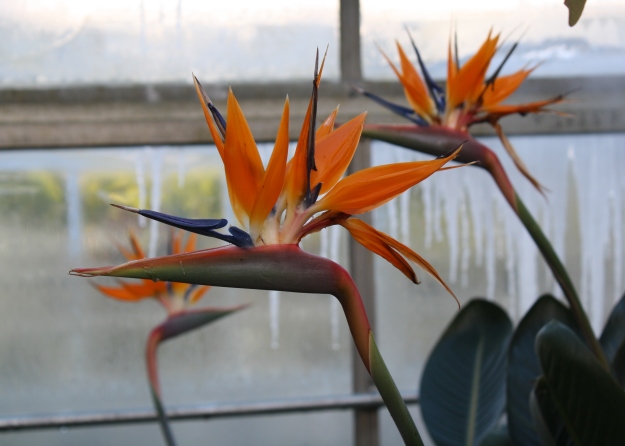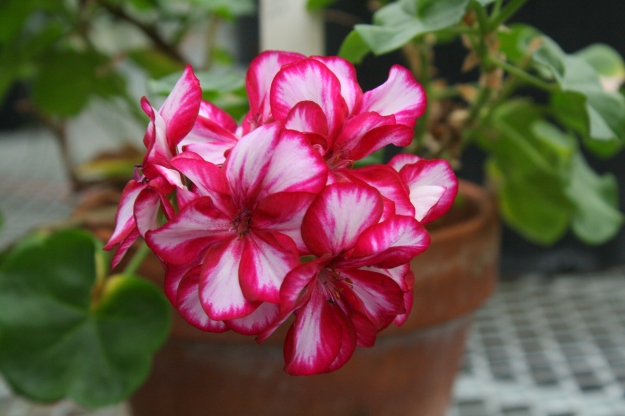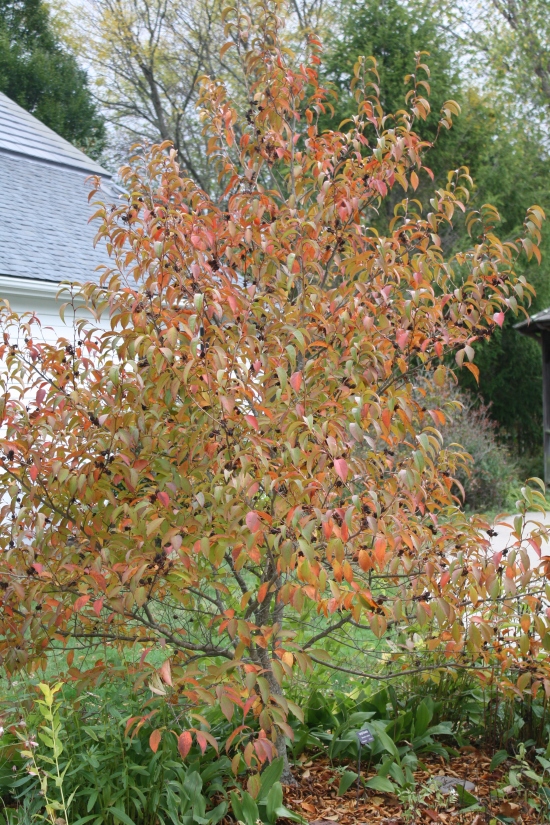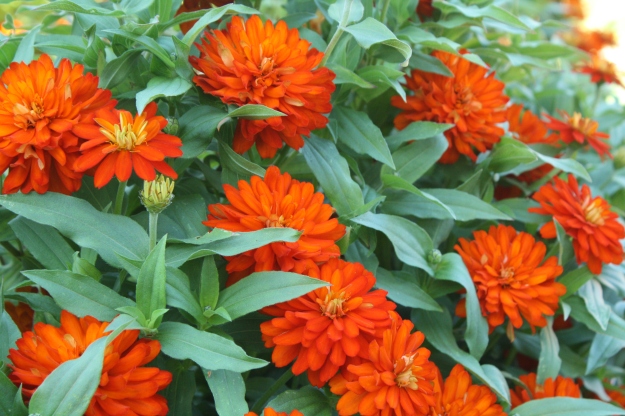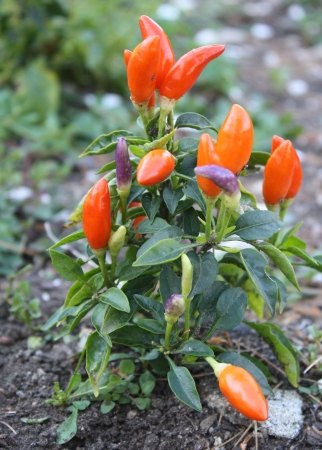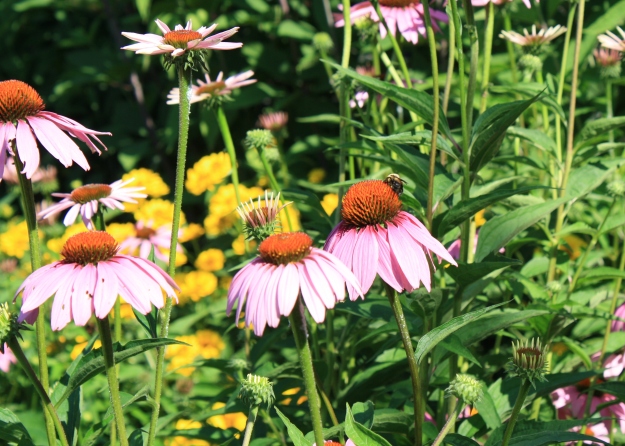 Dear Readers, It was REALLY hard to write about Echinacea and stay on topic! There was an idea running through my head which I tried to pin down for you, but so many intriguing subjects popped up. Herbal medicine, ethnobotanical uses of the plant, wildlife food value, stories about plant breeders, plant marketing, “snake oil salesmen”, morphology of the Asteraceae, scanning electron microscope photos of pollen…
Dear Readers, It was REALLY hard to write about Echinacea and stay on topic! There was an idea running through my head which I tried to pin down for you, but so many intriguing subjects popped up. Herbal medicine, ethnobotanical uses of the plant, wildlife food value, stories about plant breeders, plant marketing, “snake oil salesmen”, morphology of the Asteraceae, scanning electron microscope photos of pollen…
Echinacea — a genus of herbaceous flowering plants in the Asteraceae family. Commonly called Coneflowers, there are 9 species in the genus (according to USDA PLANTS) and they are endemic to Eastern and Central North America. The word Echinacea comes from a Greek word meaning “spiny”, (as in Echinoidea, the word for sea urchin, ) and refers to the stiff, bristly center disk of the flower.
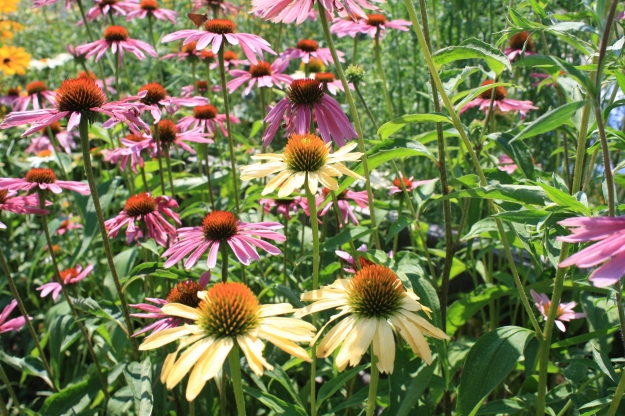 Echinacea is a great perennial garden plant. It is tough, drought tolerant, cold tolerant, and not invasive! They are impressively able to hold their own against insects and diseases as well. Three species —Echinacea purpurea, Echinacea angustifolia, and Echinacea pallida, have been utilized in creating new garden cultivars. There have been so many cultivars released in the past 10-12 years that it’s hard to keep track. One website I checked had 28, and another lists 53!
Echinacea is a great perennial garden plant. It is tough, drought tolerant, cold tolerant, and not invasive! They are impressively able to hold their own against insects and diseases as well. Three species —Echinacea purpurea, Echinacea angustifolia, and Echinacea pallida, have been utilized in creating new garden cultivars. There have been so many cultivars released in the past 10-12 years that it’s hard to keep track. One website I checked had 28, and another lists 53!
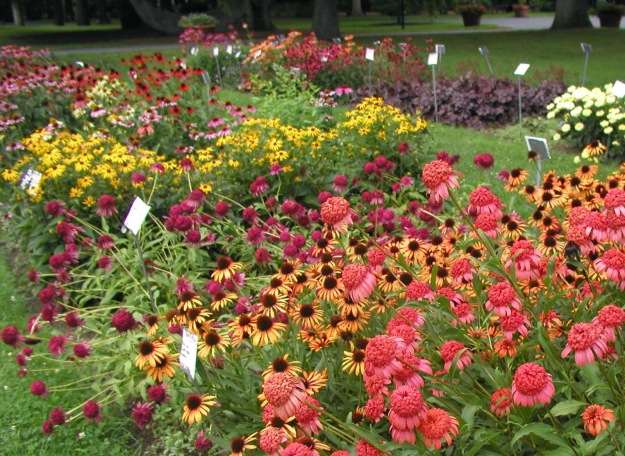 There are a few Echinaceas which can be started from seed in January to flower the first season. ‘Cheyenne Spirit’ is one. This is unusual in a perennial plant and lots of fun for the gardener! Seeds for the All- America Selections Display Garden have arrived and they include the appealing ‘Cheyenne Spirit’ Echinacea cultivar. It’s shorter and stockier than the species Echinaceas, which can be 3 or even 4 feet tall. It is a rainbow of warm color tones, rich orangey red, paler orange, yellow, gold, pink, and cream. A sturdy little plant with long-lasting pretty flowers –what could be better?
There are a few Echinaceas which can be started from seed in January to flower the first season. ‘Cheyenne Spirit’ is one. This is unusual in a perennial plant and lots of fun for the gardener! Seeds for the All- America Selections Display Garden have arrived and they include the appealing ‘Cheyenne Spirit’ Echinacea cultivar. It’s shorter and stockier than the species Echinaceas, which can be 3 or even 4 feet tall. It is a rainbow of warm color tones, rich orangey red, paler orange, yellow, gold, pink, and cream. A sturdy little plant with long-lasting pretty flowers –what could be better?
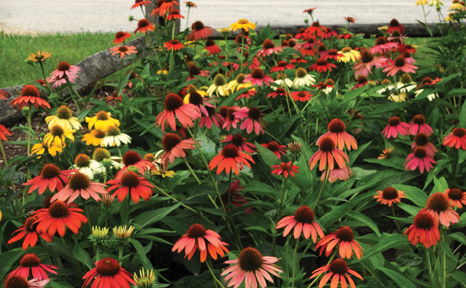 Well…
Well…
It’s not so busy in the garden and I have been thinking a lot and reading a lot about honey bees, being a beekeeper as well as a gardener. Everyone knows that it is hard times for the bees! Diseases, mites, lack of forage, and chemicals of all kinds are combining to take their toll. Last year I observed that bees and other pollinators love Echinacea purpurea, which we have here in the garden. But the ‘Cheyenne Spirit’ and other recent cultivars had no pollinators visiting them. Like many flowers that have been “engineered” for certain qualities by plant breeders, they may no longer be particularly attractive to insects.
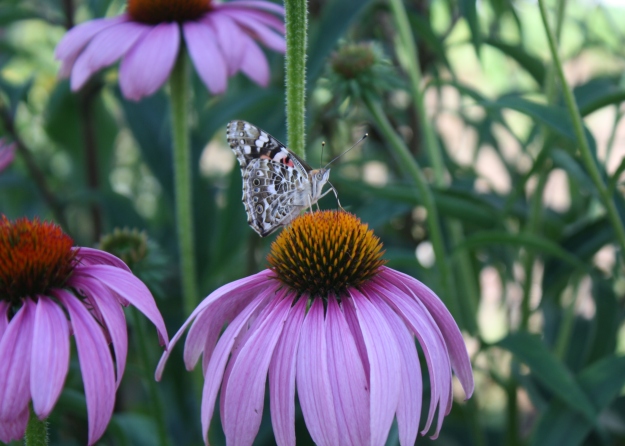 “…When it comes to ornamental flowers, plant breeders select for beauty. What you lose in this process are many of the characteristics that made the flower attractive to pollinators in the first place. By selecting only for beauty, for example, you may lose fragrance, sweet nectar, nutritious pollen—or any number of things that the pollinators liked. This loss of pollinator-attracting features … happens in all sorts of flowers from roses to pansies. It is the main reason why people interested in planting native bee habitat or wild pollinator habitat are encouraged to plant either native species or heirloom species that have not been highly manipulated. The important thing to remember is that the flowers most attractive to humans are often not those most attractive to pollinators.” (From “Who Pollinates the Daffodils?” by Rusty Berlew of Honey Bee Suite. Read the original article here.)
“…When it comes to ornamental flowers, plant breeders select for beauty. What you lose in this process are many of the characteristics that made the flower attractive to pollinators in the first place. By selecting only for beauty, for example, you may lose fragrance, sweet nectar, nutritious pollen—or any number of things that the pollinators liked. This loss of pollinator-attracting features … happens in all sorts of flowers from roses to pansies. It is the main reason why people interested in planting native bee habitat or wild pollinator habitat are encouraged to plant either native species or heirloom species that have not been highly manipulated. The important thing to remember is that the flowers most attractive to humans are often not those most attractive to pollinators.” (From “Who Pollinates the Daffodils?” by Rusty Berlew of Honey Bee Suite. Read the original article here.)
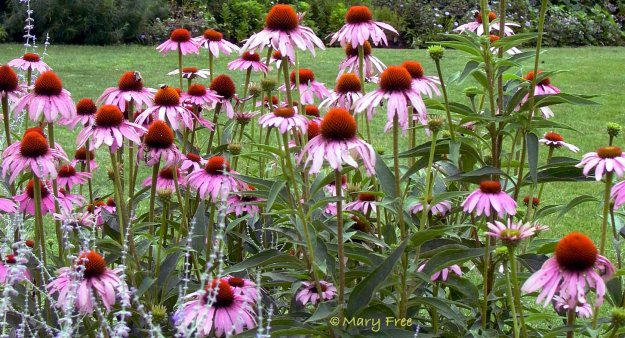 It seems to me that much has been lost in this type of “improvement”. I am certainly not against improvement; for example, some hybrid vegetables have a welcome place in my garden. Disease resistance, drought tolerance, heat tolerance; these are plant “improvements” that we probably could not live without. And I am not against beauty, but I think in this case I find the beauty in Nature and her system of plants and pollinators who go hand-in-hand.
It seems to me that much has been lost in this type of “improvement”. I am certainly not against improvement; for example, some hybrid vegetables have a welcome place in my garden. Disease resistance, drought tolerance, heat tolerance; these are plant “improvements” that we probably could not live without. And I am not against beauty, but I think in this case I find the beauty in Nature and her system of plants and pollinators who go hand-in-hand.
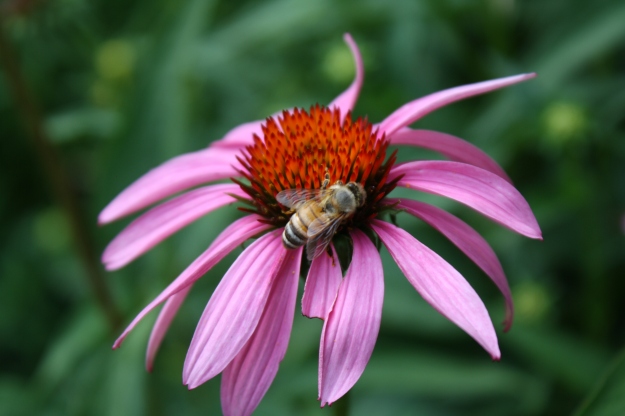 To conclude, I will just say that I don’t want “beautiful” to outweigh “useful” in my garden. I want both! I would love to know what plants and varieties you find attractive to honeybees and other pollinators in your gardens. And another day I will fill you in on some of those other topics which distracted me today.
To conclude, I will just say that I don’t want “beautiful” to outweigh “useful” in my garden. I want both! I would love to know what plants and varieties you find attractive to honeybees and other pollinators in your gardens. And another day I will fill you in on some of those other topics which distracted me today.
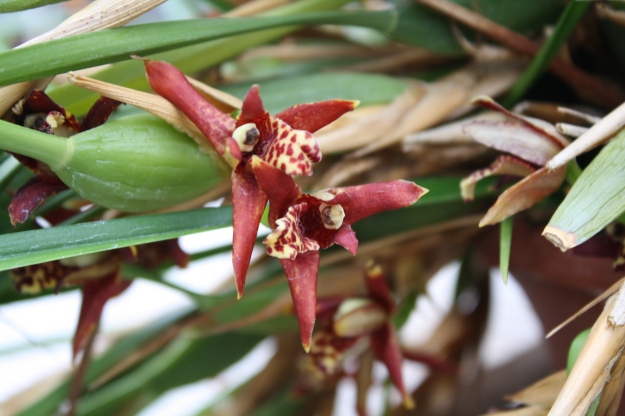 Maxillaria tenuifolia, also known as the Coconut Orchid. It has a strong fragrance (especially when it first opens) which smells like just like coconut suntan lotion. This species of orchid was discovered near Veracruz, Mexico by Karl Theodore Hartweg, a German botanist who collected plants throughout Mexico, Central America, and California, in the 1830s and 40s. It grows at low elevations from Mexico to Central America.
Maxillaria tenuifolia, also known as the Coconut Orchid. It has a strong fragrance (especially when it first opens) which smells like just like coconut suntan lotion. This species of orchid was discovered near Veracruz, Mexico by Karl Theodore Hartweg, a German botanist who collected plants throughout Mexico, Central America, and California, in the 1830s and 40s. It grows at low elevations from Mexico to Central America.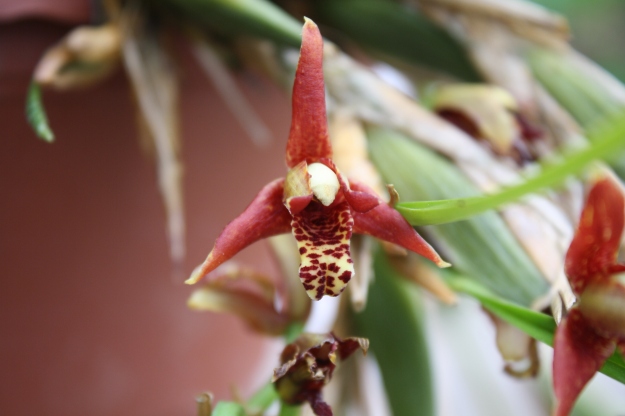 Orchids in the genus Maxillaria are not difficult to grow. The hard part is believing that they can get by with so little water! They like humidity but not wet soil. Because they are epiphytes, they can be grown mounted on bark or branches, or in coarse, well draining substrates such as pine bark or small stones, mixed with a little bit of potting soil. Bright indirect light is best. Maxillaria tenuifolia is propagated by the division of the pseudobulbs which you can see at the base of the leaves, growing from the creeping rhizome. The overall plant appears a bit straggly but looks nice in a hanging basket.
Orchids in the genus Maxillaria are not difficult to grow. The hard part is believing that they can get by with so little water! They like humidity but not wet soil. Because they are epiphytes, they can be grown mounted on bark or branches, or in coarse, well draining substrates such as pine bark or small stones, mixed with a little bit of potting soil. Bright indirect light is best. Maxillaria tenuifolia is propagated by the division of the pseudobulbs which you can see at the base of the leaves, growing from the creeping rhizome. The overall plant appears a bit straggly but looks nice in a hanging basket.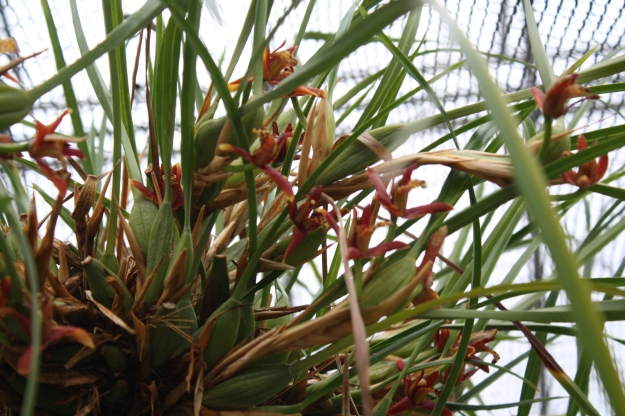 Coconut Orchid has long strappy grasslike leaves, and the flowers are hidden in among the foliage. They are dark red to rust-colored, with a speckled lip. They are only about an inch and a half in diameter, but the fragrance is wonderful and delicious.
Coconut Orchid has long strappy grasslike leaves, and the flowers are hidden in among the foliage. They are dark red to rust-colored, with a speckled lip. They are only about an inch and a half in diameter, but the fragrance is wonderful and delicious.
